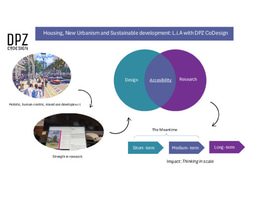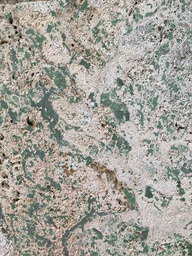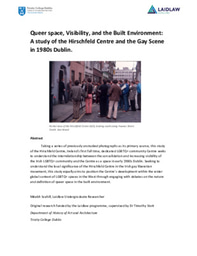Research Proposal: Queer space, visibility, and the built environment: a study of the Hirschfeld centre and the gay scene in 1980s Dublin.
Introduction
My proposed research will centre upon the history of the Hirschfeld Centre in early 1980s Dublin, as captured in the work of Irish photographer Don Wood. Opened in 1979, the Hirschfeld Centre was a vital space for the Irish gay community in the early 1980s. Housing a nightclub, a café, a small cinema, and the headquarters of the National Gay Federation, among other services, it became a hub for community building and organisation. I will bring current debates on the construction and meaning of queer space to bear upon Don Wood’s photographs of the Hirschfeld Centre (1980-83). How queer space, queer visibility, and queer community manifested during this important junction in the history of the gay community in Ireland will the core inquiry of my research. Wood’s photographs were only made publicly available in late 2022 and have yet to have been studied in detail. I will conduct the first study, asking what Wood’s photographs show of the relationship between Dublin’s gay community and the built environment. What do they reveal about the Hirschfeld Centre’s role in the growth, consolidation, and visibility of the Irish gay community? How was the fabric and function of the Centre transformed or ‘queered’ during these three years? What role did this visibility have in building a queer ‘counterpublic’ in an era when homosexuality was still criminalised in Ireland?
In existing critical literature, queer space has, understandably, often been conceptualised through resistance and protest. Indeed, the social life of the Hirschfeld Centre has been studied in this vein by historian Patrick McDonagh in his monograph Gay and Lesbian Activism in the Republic of Ireland, 1973-93 (2021). However, in addition to stories of homophobic violence and the legal battles of David Norris, other narratives emerge from the history of the Hirschfeld Centre. These other stories, available through the likes of Wood’s photographs, tell of community building, queer joy, and a queering of civic spaces, thus expanding the scope for Irish LGBTQ+ history.
Project Methodology
My research will be self-directed and largely consist of reading and critically analysing primary and secondary sources. Archival sources, those housed in the Irish Queer Archive at the National Library and the Don Wood Photographic collection (1980-83) will be of particular relevance.
In the initial stages of my research, I will deepen my understanding of queer approaches and theories of photography, architecture, and the built environment by reading existing secondary literature. The primary methodology of this project will be the close study of photographs of the Hirschfeld Centre and the wider Irish gay community taken by Don Wood in the years 1980-1983. I will analyse what they reveal about the form and use of the Hirschfeld centre in its early years and the role it played in wider community organisation and consolidation. This methodology will require me to engage with wider theories on photography and queer space in the urban environment.
Having refined the necessary methodological approach, I will study Don Wood’s photographs. Additionally, I will source, and study various records, pamphlets and ephemera housed in the Irish Queer Archive, as well as transcripts from the Irish LGBT+ Oral History project. I will identify key events and developments in life at the Hirschfeld Centre 1980-83 and cross reference them with Wood’s photographs. I will consider the significance of Wood’s photographs as a documentary source of historic events in the gay liberation movement 1980-83 and of the ‘queering’ of space that took place at the Hirschfeld Centre. I will analyse what it may have meant for the gay community to be documented through Wood’s photography and how the delayed publication of the collection impacts contemporary readings of the photographs.
Bibliography




Please sign in
If you are a registered user on Laidlaw Scholars Network, please sign in